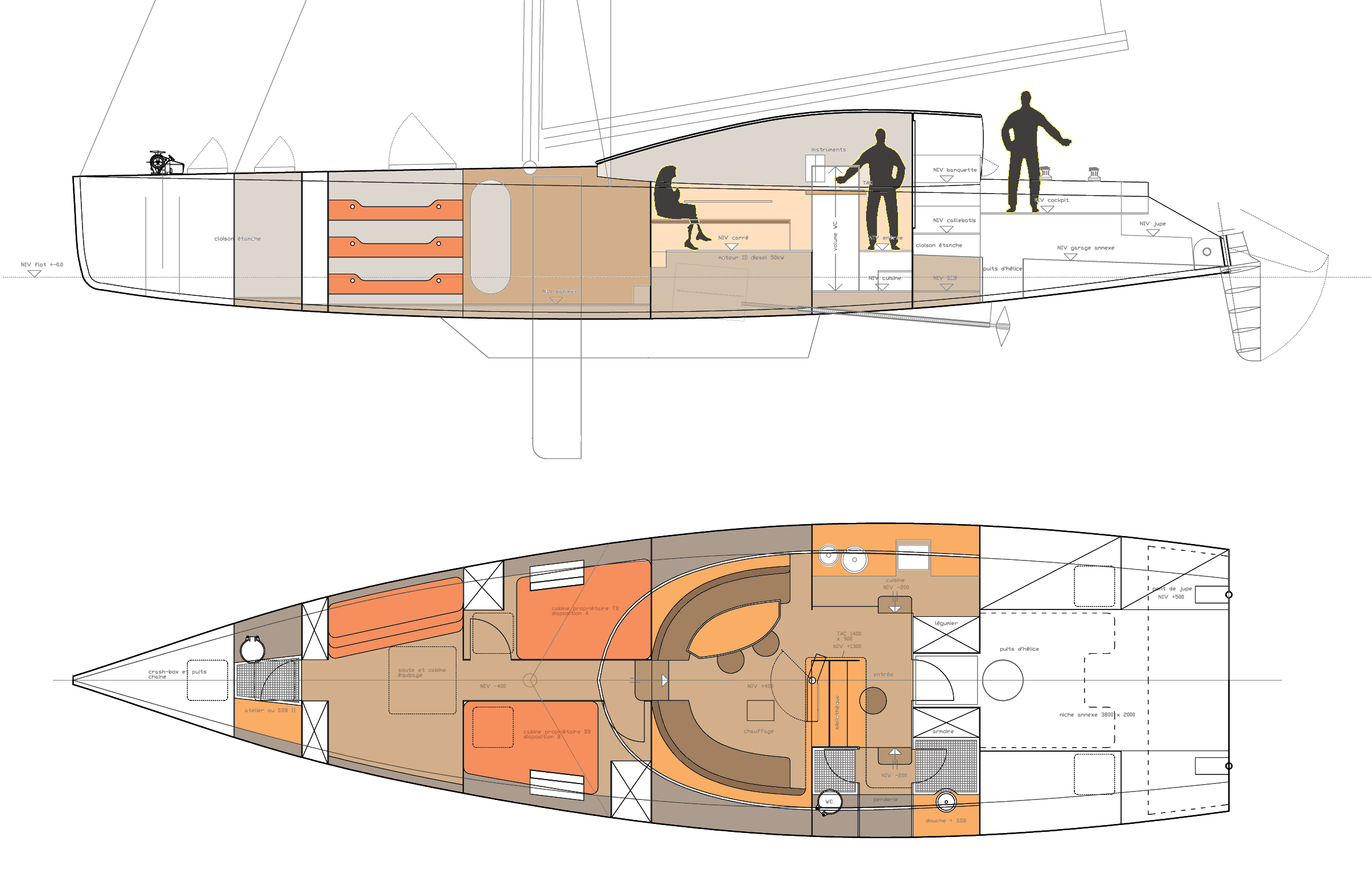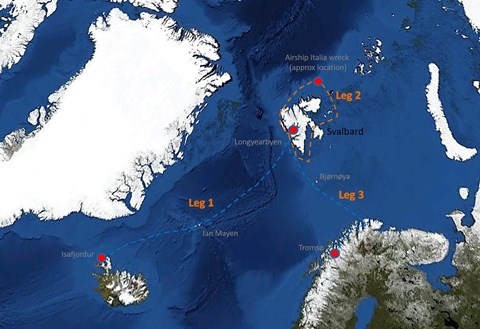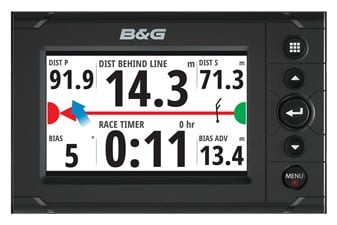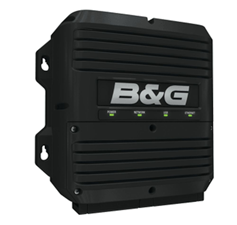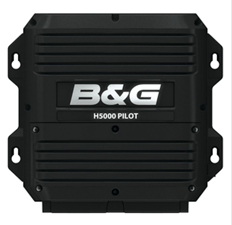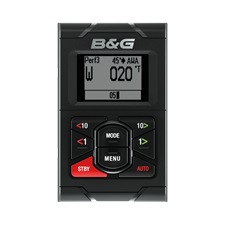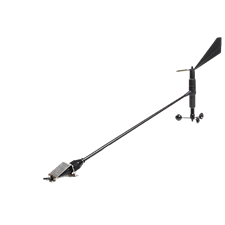“When sailing in the Arctic we leave the comfort zone of man and machine. B&G is known for the excellence of its autopilots and we are confident that this equipment will live up to the challenges, as well as B&G's state of the art 3D sounding, charting and display equipment that will provide invaluable information while sailing the wild and still uncharted waters North and East of Svalbard. Self reliance is a key to venturing into remote destinations and makes the choice of equipment with a high standard of quality very important.”
Science and Adventure
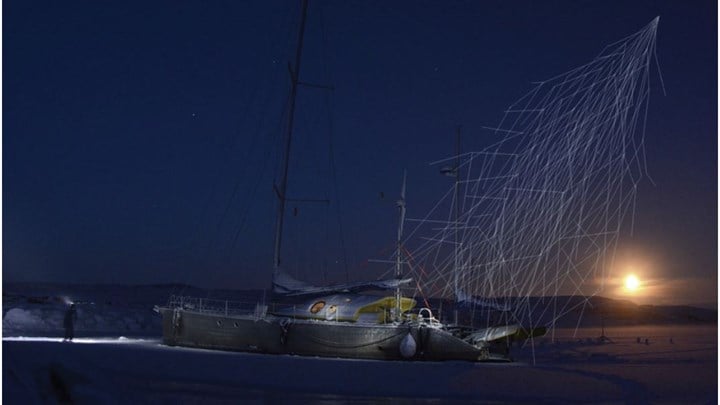
Cosmic Rays
The PolarquEEEst device measured the intense cosmic ray flow above the Arctic circle.The CLOUD experiment at CERN has recently demonstrated that cosmic rays may influence cloud cover either through the formation of new aerosols (tiny particles suspended in the air that can grow to form seeds for cloud droplets) or by directly affecting clouds themselves: Clouds exert a strong influence on the Earth’s energy balance; changes of only a few per cent have an important effect on the climate. Better understanding the connection between cosmic rays and clouds is therefore key to improving our ability to make more accurate mathematical models able to predict how climate will evolve.

Microplastics
Microplastics, i.e. plastic particles smaller than five millimetres in size, are a pervasive pollutant, widely dispersed in the marine environment and can be found in the water column, on beaches and on the seabed. Recently, microplastic presence was reported in ice cores from remote areas of the Arctic Ocean. This is particularly worrying as polar waters, and the Arctic region in particular, support an important and diverse marine food web and ecosystem, from planktonic communities to marine mammals, which is very vulnerable to marine pollution. In spite of the potential threat of this emerging pollutant, there are few regulations in terms of production, use or emissions of microplastics, very few ways of monitoring it, and, last but not least, there is a lack of awareness among people worldwide of the gravity of this threat. There is therefore an urgent need to assess the levels of microplastic pollution in the Arctic, to allow for future microplastic monitoring and to assess the risk of the potential impacts of decreasing sea ice, increasing shipping and commercial activity in the area.
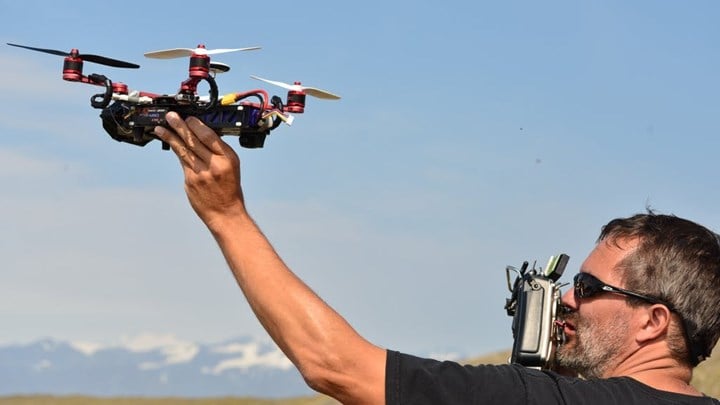
AURORA Accessible UAV's
Small flying drones are becoming widespread as tools for scientific research and communication on remote environments. The current opportunity of using “consumer-level” technologies of this kind allows to remarkably widen their uses and therefore the potential of knowledge acquisition. This approach, however, depends highly on the fact that instrumental configurations and workflows are properly integrated with deployment needs in the specific conditions and environments. The Scientific group onboard NANUQ are equipped with several small multirotor drones, optimized for different and complementary research and documentation activity. They are used to acquire data and to validate methods of observation, analysis and documentation. The overall purpose of activity program is to contribute to scientific knowledge and information on the present state of some relevant Arctic environments.

Airship Italia
On May 25 1928, Airship Italia, commanded by Umberto Nobile, one of the founding fathers of Arctic exploration, crashed on the way back from the North Pole, about 120 km northeast of Nordaustlandet, Svalbard (81°14 N 28°14 E), killing part of the crew trapped in the still drifting airship envelope and leaving the survivors stranded on the pack ice. The crew managed to salvage several items from the crashed airship gondola, including a radio transceiver, a tent which they later painted red for maximum visibility, and, critically, boxes of food and survival equipment which quick-witted engineer Ettore Arduino had managed to throw onto the ice, before he and his five companions were carried off to their deaths by the wrecked but still airborne airship envelope and keel. POLARQUEST continued the search with a pioneering attempt at relocating the sunken wreck of Umberto Nobile’s Airship Italia, on the 90th anniversary of its crash, taking advantage of the melting ice in the region for the first time in centuries – but like their predecessors were unsuccessful.
B&G onboard Nanuq
Chartplotter Zeus³ 12 de B&G con mapa básico mundial
Zeus³ 12 es un sistema de navegación con chartplotter fácil de usar tanto para embarcaciones de recreo como de regatas que incorpora una pantalla táctil de 12 pulgadas, electrónica de alto rendimiento y una amplia gama de funciones diseñadas específicamente para navegantes. Incluye mapa básico mundial
4.360,80 €
IVA incluido
4360.80
EUR
http://schema.org/OutOfStock
Pantalla gráfica H5000
Esta potente pantalla a color de 5 pulgadas, que puede verse con luz solar directa, cuenta con una sencilla interfaz de usuario y está equipada con funciones de navegación exclusivas, incluidas SailSteer y Start Line.
CPU H5000 Hercules
La potente CPU H5000 con software Hercules favorece el éxito en la competición y ofrece opciones de datos ampliadas y funciones de competición mejoradas.
Procesador de piloto H5000
El exitoso piloto de B&G ofrece modos de gobierno y algoritmos de navegación exclusivos, incluidos respuesta a ráfagas, recuperación y respuesta de viento fuerte.
H5000 Pilot Controller
Ofrece control seguro del piloto automático y configuración desde su teclado exclusivo. Como controlador de piloto principal, o como segunda estación de un chartplotter Zeus, el controlador de piloto ofrece control garantizado y respuesta a través de su pantalla de alta resolución.
Sensor de viento 213
La unidad de sensor de viento 213 es un dispositivo de alto rendimiento probado en el océano que proporciona datos del viento y el ángulo sin procesar al sistema de instrumentos.


